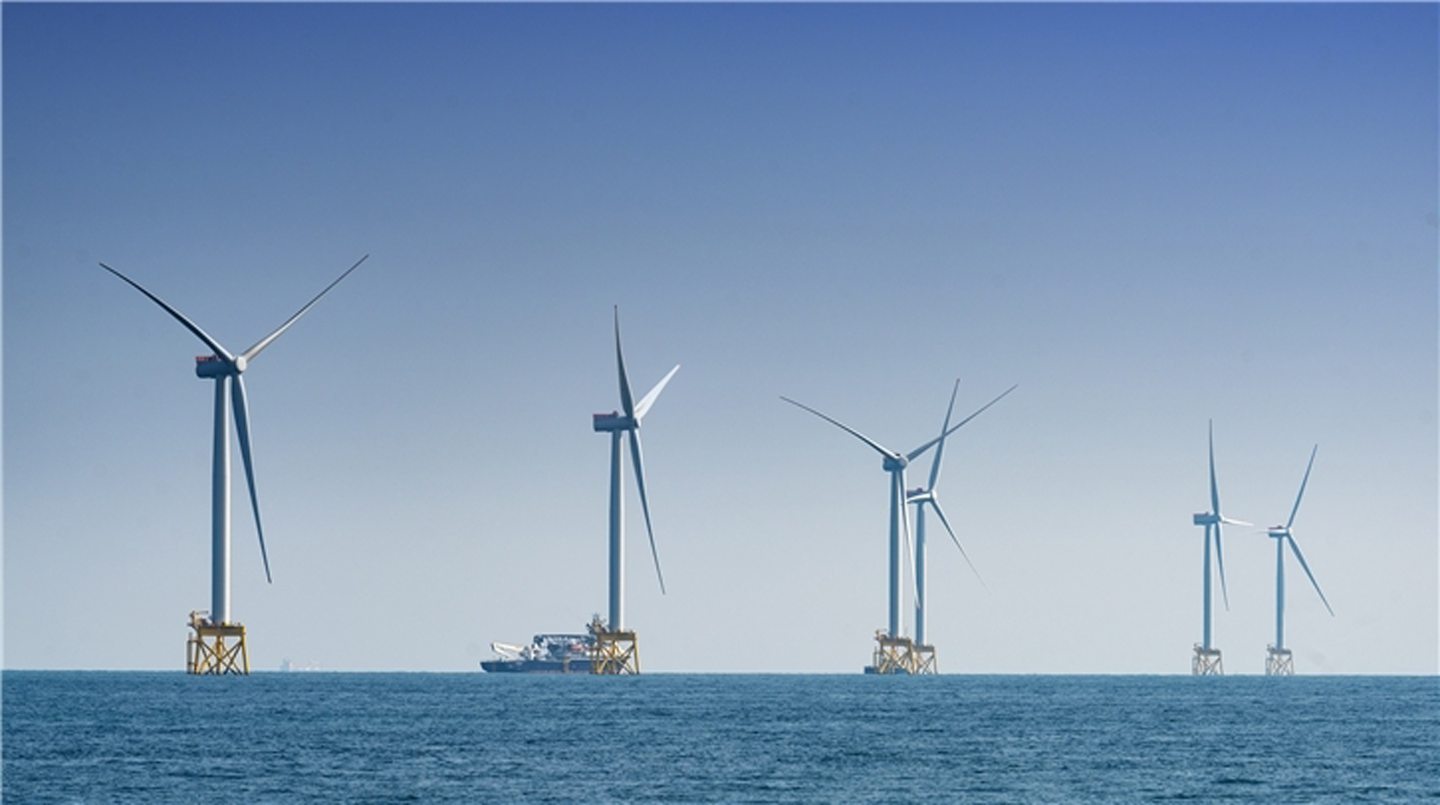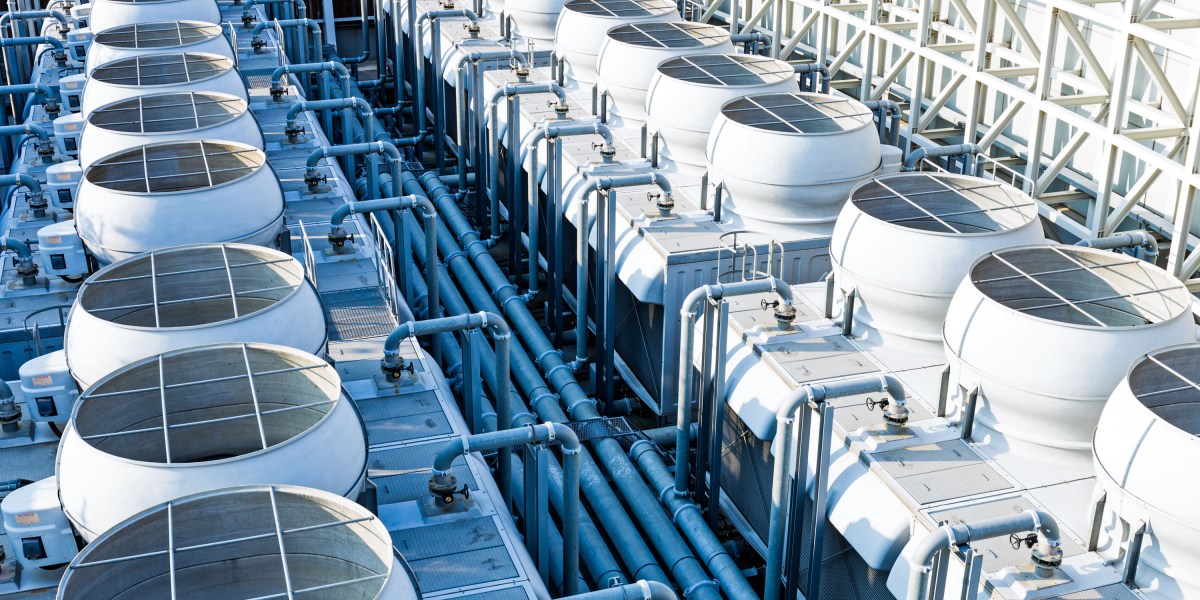Energy profits have hit half a trillion pounds since the energy crisis despite rising consumer bills, according to an independent analysis of company reports.
Researchers at the End Fuel Poverty Coalition counted the profits declared by UK energy producers such as Shell and Equinor, as well as suppliers including British Gas and grid operators such as National Grid.
Nearly half of the £500 billion of profits generated by the industry since 2020, or £207bn, were made by companies involved in the gas industry.
According to Scottish Renewables chief executive Claire Mack, bill payers are ‘paying the price’ for exposure to global gas markets, with renewable power likely to provide the best value for consumers.
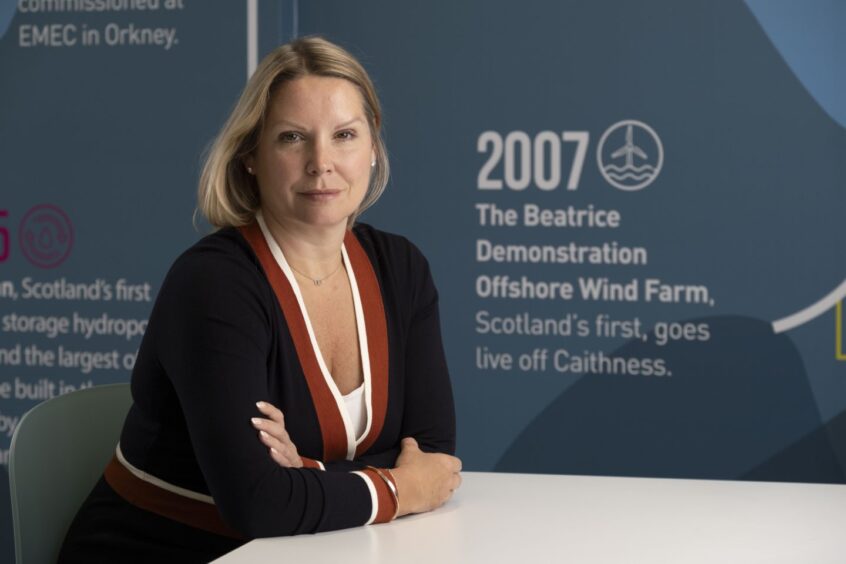 © Supplied by Scottish Renewables
© Supplied by Scottish RenewablesThe ceiling on energy prices, designed to protect consumers from price spikes, and enforced by energy regulator Ofgem, known as the energy price cap, rose by 6.4% this week.
Trade union Unite protested against high energy prices on Tuesday, arguing that nobody should have to choose between ‘heating or eating’. Union members will campaign across 40 locations in the UK, with further protests planned in the coming two weeks.
Prime minister Keir Starmer has meanwhile promised that clean power will lower energy bills, something Kemi Badenoch, leader of the Conservatives, wants to abolish – while right-wing party Reform is also trying to leverage high bills in its political campaign.
Politicians have begun to engage energy companies as they seek to invest in clean technologies and lower prices. Energy secretary Ed Miliband broached talks with Centrica this month to extend the Rough gas storage facility in the North Sea beyond 2030.
A spokesperson for the Department for Energy Security and Net Zero (DESNZ) said: “We’re open to discussing proposals, just as long as it provides value for money for taxpayers.”
Miliband also attended a meeting with technology provider Siemens Energy at its blade factory in Hull this month, after launching the government’s updated clean power action plan for 2030 at the site before Christmas.
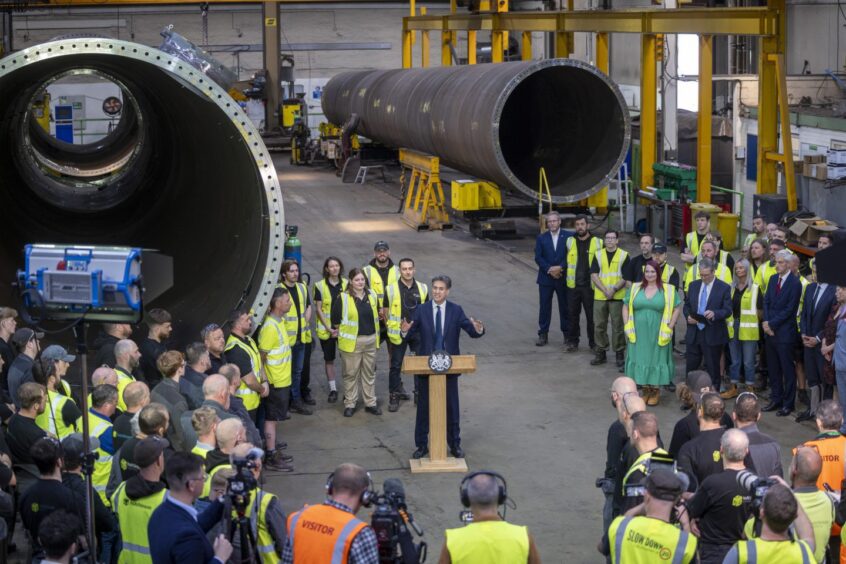 © James Glossop/The Times/PA Wire
© James Glossop/The Times/PA WireSiemens Energy was among energy companies to engage in discussions with Downing Street this week.
Darren Davidson, vice president of Siemens Energy UK&I and Siemens Gamesa UK, said he attended an industrial strategy and net zero meeting at Number 10 on Tuesday morning to discuss the UK’s developing plans and recommendations for the clean energy sector.
Investing in clean energy industries is one of the pillars of the government’s industrial strategy that was published in October.
“It was basically government reaching out to people in the energy sector to discuss next steps with the industrial strategy and various conversations,” a spokesperson said.
Siemens Energy is keen to progress its involvement with emerging technologies including hydrogen, carbon capture and small nuclear reactors.
The spokesperson said it was “pushing government to get some of these first-of-a-kind projects off the ground, a really good example would be hydrogen and CCS”.
‘Paying the price’
A spokesperson for the End Fuel Poverty Coalition said energy prices “remain at levels way above the 2020 benchmark”.
“We need politicians and regulators to act to bring down energy bills now,” the spokesperson said.
“This means radical reform of the electricity pricing markets, investment in homegrown renewables and taking on the vested interests of an energy industry which makes billions of pounds of profits every year at consumers’ expense.”
Gas prices are now double what they were during the winter 2020 to 2021. The cost of gas is expected to surge by more than 10% per unit from today.
These gas prices set electricity prices up to 40% of the time under energy market rules, according to the Competition and Market’s Authority.
Dale Vince, founder of Ecotricity, has argued that a disaggregation of gas and electricity prices would help lower bills.
The network costs that consumers pay for maintaining the energy system through standing charges on energy bills have also increased.
Citizens Advice found that energy companies made £4bn in estimated extra profits after a ‘misjudgement’ by regulator Ofgem while, according to previous research, they underspent on grid improvements by about £1bn.
Cheaper power
“We know that an energy system dominated by wind and renewable energy at scale would be the lowest cost for bill payers,” Mack said.
An Aurora Energy Research report from June 2024, commissioned by RenewableUK, found the cost increase for consumers in offshore wind was lower than with other low-carbon tech investments.
“A net zero 2035 electricity system that was predominantly offshore wind powered could potentially translate into savings of approximately £68 per year for consumers, versus a net zero system with no further CfD-backed offshore wind development,” the report found.
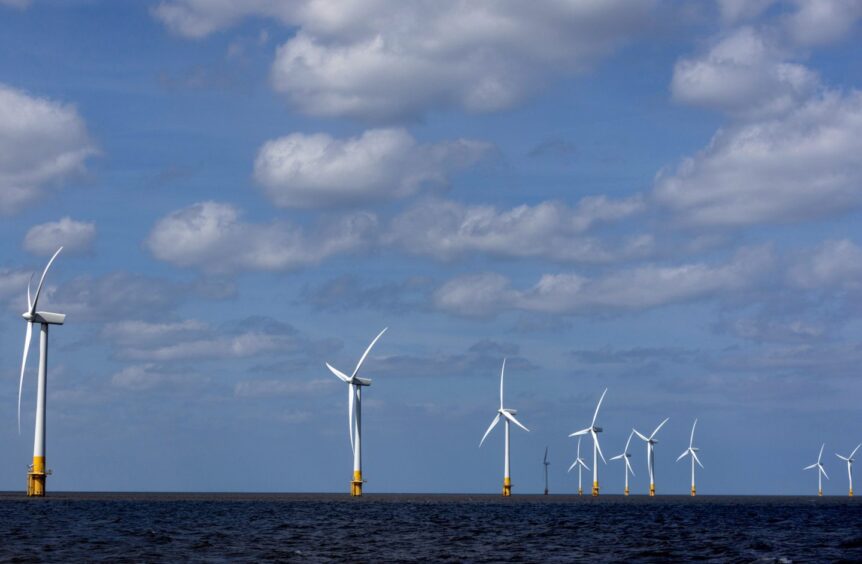
The price of electricity, and particularly the cost of net-zero subsidies, remains politically inflammatory.
According to the latest fiscal data from the Office for Budgetary Responsibility, the cost of green subsidies, including contracts for difference which offer a fixed price of power, is due to rise from £11.9bn in 2024-2025 to £14.8bn in 2029-2030.
Subsidies for renewable energy projects effectively lock in energy prices competitive in today’s market.
Exporting renewable power is another way the government is seeking to lower bills in the medium to long term, with exports of excess wind power expected to provide additional revenue for the UK.
The last allocation round for renewable power in 2024 provided winning offshore wind projects with a guaranteed price of power, equivalent to approximately £82 per megawatt-hour in today’s prices – cheaper than average wholesale electricity costs and the price set under the increased price cap, but more expensive than the capped price of gas.
That fixed price is effectively topped up by government when the market rate falls, but is conversely reimbursed to the public purse when wholesale prices rise.
Zonal pricing and reform
 © Supplied by Octopus Energy
© Supplied by Octopus EnergyThe government is reviewing an overhaul of the electricity market that could include zonal pricing, a move supported by Octopus chief executive Greg Jackson, where a regional price would be set for power, as well as longer-term subsidy support for clean energy projects.
According to data from analysis firm Cornwall Insight, the energy price cap increase will see energy consumers in North Wales and Merseyside paying the highest regional bills in the coming financial year, up to 13% higher than consumers in London.
The researchers say the “regional variance is almost exclusively down to the level and structure of network charges between the areas”.
“While the government is consulting on the introduction of zonal wholesale pricing, it is important to remember that some costs are already locational,” said Cornwall Insight.
The analysis firm explained that price differences are dependent on a range of factors, while transmission costs charged by the National Energy System Operator (NESO) also differ regionally.
A rise in energy profits contrasts with a slump across other businesses, as small-to-medium enterprises, especially in rural areas, battle high energy prices, according to Cornwall Insight.
A recent survey showed 72% of UK businesses expect high energy prices to have a negative impact on profits in the next two years, while a vast majority of businesses, some 81%, plan to raise prices to cope with rising bills.
Dr Craig Lowrey, principal consultant at Cornwall Insight, said: “Businesses are struggling with high energy costs across the country, but the steep third-party charges faced by those in particular regions only serves to highlight the problems faced by those businesses that could already be operating on razor-thin margins.”






